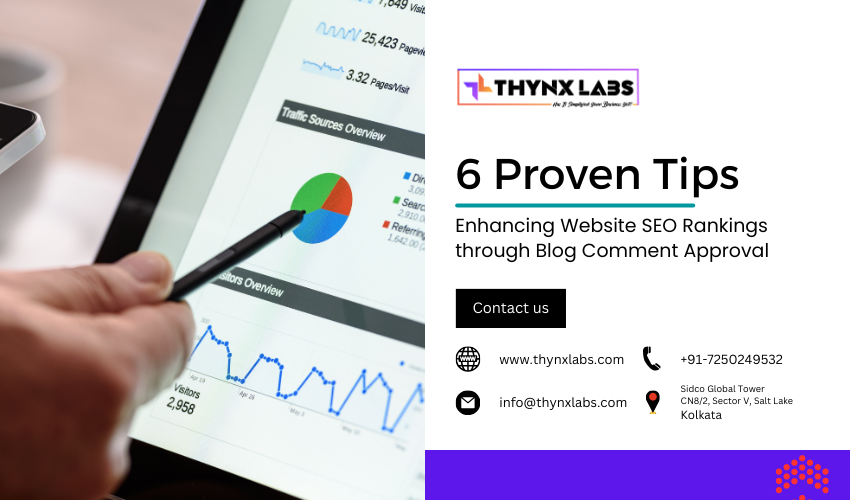Tips to Migrate Your Website Without Losing SEO Benefits
Tips to Migrate Your Website Without Losing SEO Benefits
Migrating a website to a new domain or platform can be a daunting task, especially when it comes to preserving your hard-earned SEO benefits. However, with careful planning and execution, you can minimize the impact on your search engine rankings and ensure a smooth transition. Here are some essential tips to help you migrate your website without losing SEO benefits:
1. Conduct a Comprehensive SEO Audit
Before initiating the migration process, conduct a thorough SEO audit of your existing website. Identify key SEO elements such as meta tags, headings, URLs, internal links, and backlinks. Determine which pages are driving organic traffic and performing well in search engine rankings. This audit will serve as a baseline for monitoring changes and ensuring nothing is overlooked during the migration.
2. Choose the Right Migration Method
Select the most appropriate migration method based on your specific needs and goals. Whether you're moving to a new domain, redesigning your website, or switching to a different content management system (CMS), there are different migration strategies to consider. Options include a domain-level migration, URL structure change, or a full content transfer. Choose the method that best suits your requirements while minimizing disruption to your SEO efforts.
3. Implement Proper Redirects
Redirects are crucial for preserving SEO value when migrating your website. Set up 301 redirects from old URLs to their corresponding new URLs to ensure a seamless transition for both users and search engines. Redirects pass on link equity and help search engines understand the new location of your content. Test redirects thoroughly to identify any issues and ensure they are implemented correctly.
4. Maintain Content Consistency
Maintain consistency in your website's content during the migration process. Preserve the same or similar content structure, page titles, meta descriptions, and headers to avoid confusing search engines and users. If you're making changes to your content, ensure that the new content is optimized for relevant keywords and provides value to your audience.
5. Update Internal Links and Sitemaps
Update internal links throughout your website to reflect the new URL structure or domain. Ensure that all internal links point to the correct pages on the new website to prevent broken links and maintain user experience. Update your XML sitemap and submit it to search engines to help them discover and index your new pages efficiently.
6. Monitor Performance and Address Issues Promptly
Monitor your website's performance closely after the migration to identify any SEO issues or fluctuations in search engine rankings. Use tools like Google Search Console and Google Analytics to track changes in organic traffic, impressions, and click-through rates. Address any issues or errors promptly to minimize the impact on your SEO efforts and ensure a successful migration.
7. Communicate with Stakeholders
Communication is key throughout the migration process. Keep stakeholders informed about the migration timeline, potential impacts, and steps being taken to preserve SEO benefits. Coordinate with your SEO team, web developers, and other relevant parties to ensure a collaborative and well-executed migration strategy.
By following these tips and best practices, you can migrate your website without losing valuable SEO benefits. With careful planning, attention to detail, and proactive monitoring, you can maintain or even improve your search engine rankings and continue driving organic traffic to your new website.


